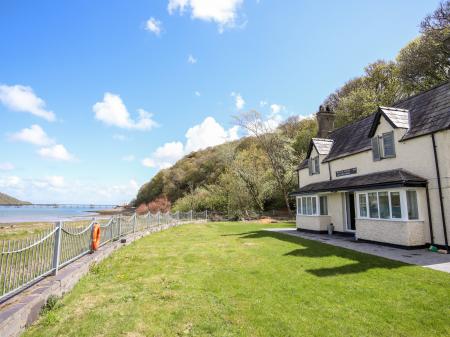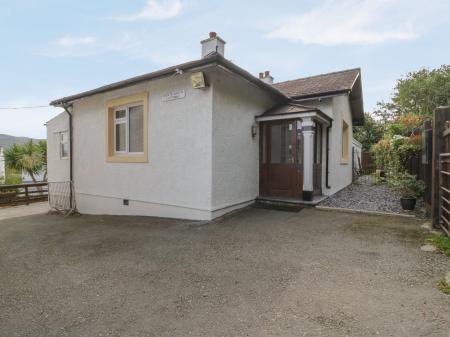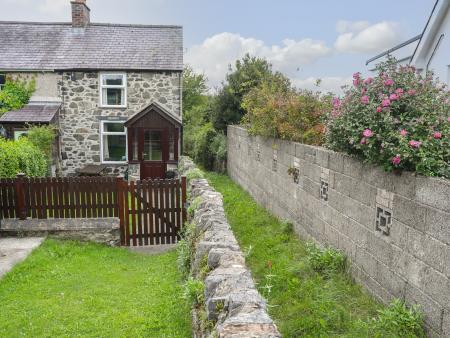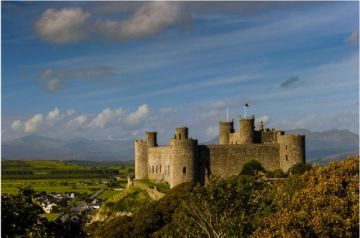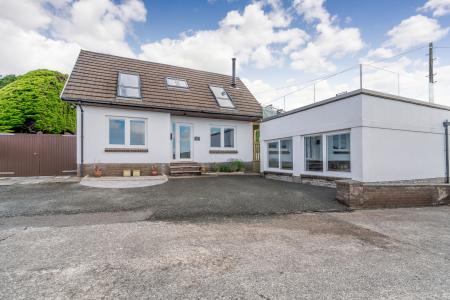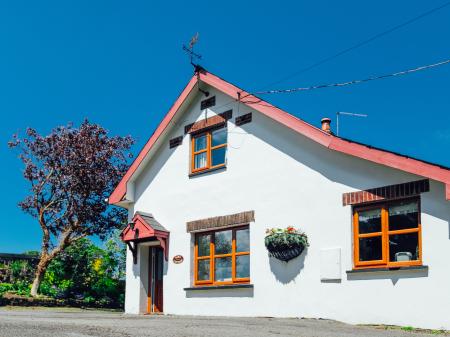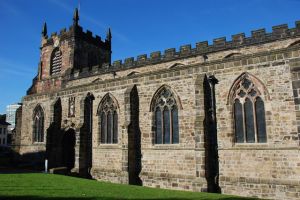
Bishop Anian began rebuilding in 1291, but again little remains of his work, for it was burned again during Owain Glyndwr's rebellion in the early 15th century. The nave and tower are early Tudor, and there are tombs of 13th-century Welsh princes in the south transept.
History
Around AD 525 a nobleman named Deiniol settled at Bangor, establishing a simple cell. He was granted land for his cell by the local lord, probably Maelgwyn, ruler of Gwynedd. Deiniol enclosed his cell within a fence made from upright poles with branches woven between them. The local language called this type of structure a 'bangor', and the name stuck.
Deiniol gathered disciples, who dwelt with him and went out to preach throughout the area and gathered new converts to Christianity. In time these converts settled around Deiniol's cell, forming a Celtic monastery, called a clas. The location chosen for the cathedral was low-lying and unobtrusive, probably to avoid attracting the attention of Viking raiders sailing along the coast. If that is true, it was a strategy that was not totally successful.
Deiniol died around AD 572, but the cathedral continued to flourish and grow throughout the pre-Norman period. In 1073 a marauding band of Vikings sacked and burned the cathedral, but it was rebuilt in the reign of Gruffudd ap Cynan, around 1100. The king was buried by the high altar when he died in 1137. His son Owain Gwynedd is also buried here, along with his brother Cadwaladr.
In 1211 King John's soldiers once more sacked the cathedral, but building resumed and by 1275 the beautiful south transept was finished, followed by the north transept and east end around 1300.
The cathedral suffered once more in the Glyndwr rebellion of 1402, and it was not until 1480 that rebuilding work truly began. The current arcade and clerestory were finished around 1510 and the west tower in 1532, giving us the lovely and spacious building we see today.
Perhaps the most interesting historic feature is the Mostyn Christ, a carved figure created in the late 15th century.
 We've 'tagged' this attraction information to help you find related historic attractions and learn more about major time periods mentioned.
We've 'tagged' this attraction information to help you find related historic attractions and learn more about major time periods mentioned.